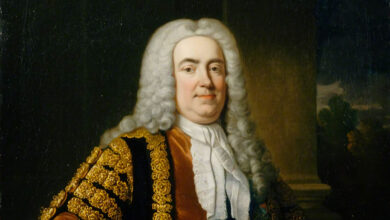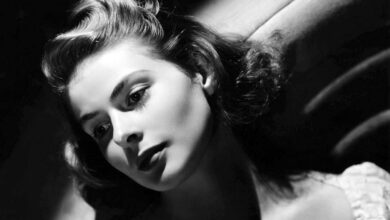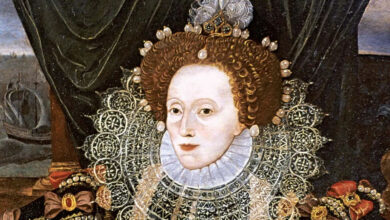“Great things are done by a series of small things brought together” – Vincent Van Gogh
Podcast: Play in new window | Download
Subscribe: Spotify | Amazon Music | Youtube Music | RSS
Vincent van Gogh Biography
Vincent Willem van Gogh was a 19th-century Dutch post-impressionist painter known for his influences on the history of western art.
He was born 30 March 1853 in the southern Netherlands. His father was a Dutch reformed church minister. As a child in an upper-middle-class family, Van Gogh enjoyed drawing and was quite thoughtful and serious. His mother was an artist who had a love of nature, drawing, and watercolours, which Vincent picked up, being taught at home. In 1864, he was sent to boarding school, but it was there he felt abandoned and pleaded to come home.
When Vincent was fifteen years old, his family was financially unstable and he had to go to work, leaving school. Fortunately, he was hired as an art dealer by his uncle. He enjoyed this work and since he fluently spoke German, English, and French as well as Dutch, he travelled frequently. It was also quite lucrative work and at the age of 20, he was earning more than his father.
In 1873, Van Gogh transferred to work at an art gallery in London. When in London, he developed a passion for English culture and literature and frequented the art galleries.
He fell in love with the daughter of his landlady, but it was not meant to be, and following the rejection of his marriage proposal, van Gogh had a mental breakdown.
Because of this, he isolated himself more and became religiously zealous. Apart from the Bible, he threw away all other books, dedicating his life to God.
He started to teach at a Methodist boy’s school, as well as preaching at the church. Even though his family was religious, it was only now that he seriously considered doing church work. He took an entrance exam to the School of Theology in Amsterdam but unfortunately, he did not pass.
Some have described van Gogh as pious and monastic, rarely eating and always avoiding meat. In 1877, his family sent him to live with their uncle, Johannes Stricker, who was a respected theologian, supporting Vincent’s interest in being a pastor.
After this, he volunteered to live in a coal mine, where pastors were typically sent to be punished. He took care of the sick as well as drew pictures of the miners and their families. Because of this, he earned the title ‘Christ of the Coal Mines’. Unfortunately, the church committees were not happy with this as van Gogh’s lifestyle appeared to not be in line with how the church believed a minister should behave.
Throughout this time, even since childhood, van Gogh had been consistently creating artwork although he wasn’t taking this work seriously. However, in 1880, he moved to Brussels to take art lessons which his brother helped to sponsor financially.
Vincent had many difficulties with relationships, particularly with women. He constantly thought that he could help women who were in trouble. For example, when his cousin Kate was widowed, van Gogh fell in love with her. She was disgusted by this and hurried home to Amsterdam. After this, there was another woman named Cena Maria Hornick with whom he fell in love, even though she was an alcoholic prostitute. During this time, she was his friend, artistic model, and mistress. His family threatened to remove his funding unless he left her. She returned to prostitution, leaving van Gogh extremely depressed and for a month and a half he lived as a nomad in the Netherlands, making art of the landscape and people.
Fortunately, art was good for van Gogh’s soul. In 1885, he started to create his first masterpiece known as “Potato Eaters”. He went to visit his brother in Paris and was inspired by Impressionist art for the first time. Over time, painting became an obsession and his health rapidly deteriorated, as he was living on a meagre diet of bread, absinthe, and coffee. In addition to this minimal diet, his psychological health began to deteriorate as he would occasionally drink turpentine and eat paint.
His brother was very worried about him and hired somebody to watch out for him. He had good reason to be concerned. One night, van Gogh cut off his ear, and then proceeded to the brothel offering his ear to the prostitute saying for her to “keep the object carefully”.
He was hospitalised but recovered within a couple weeks. After this time, he continued to be depressed and alone and turned again to painting, attempting to find peace but did not. He was in and out of the hospital and eventually moved to an asylum in France where he created some of his most well-known paintings including “Starry Night”.
In 1890, van Gogh went through his usual morning routine of painting. However, for whatever reason, on this particular day, he carried with him a loaded pistol, with which he later shot himself in the chest. His injuries were not immediately fatal and his brother was sent for after he had been found in a pool of blood. Van Gogh survived for a couple days, dying in the arms of his brother on 29 July 1890 at just 37 years of age.
The majority of what we consider to be the legacy of van Gogh, his paintings, were created in the latter part of his life. Following his death, much more of his art has been discovered and sold at a very high price, and many of his paintings are some of the most expensive in the world.
As Dutch painters go, Vincent van Gogh is considered by many to be second only to Rembrandt. In total, he created over 2,100 works – 860 of which were oil paintings and over 1,300 were watercolours, sketches, and drawings. Although he lived a sad and unfortunate life, van Gogh has inspired many artists and left us with a beautiful legacy of post-impressionist art that continues to spark the imagination.
Podcast: Play in new window | Download
Subscribe: Spotify | Amazon Music | Youtube Music | RSS




